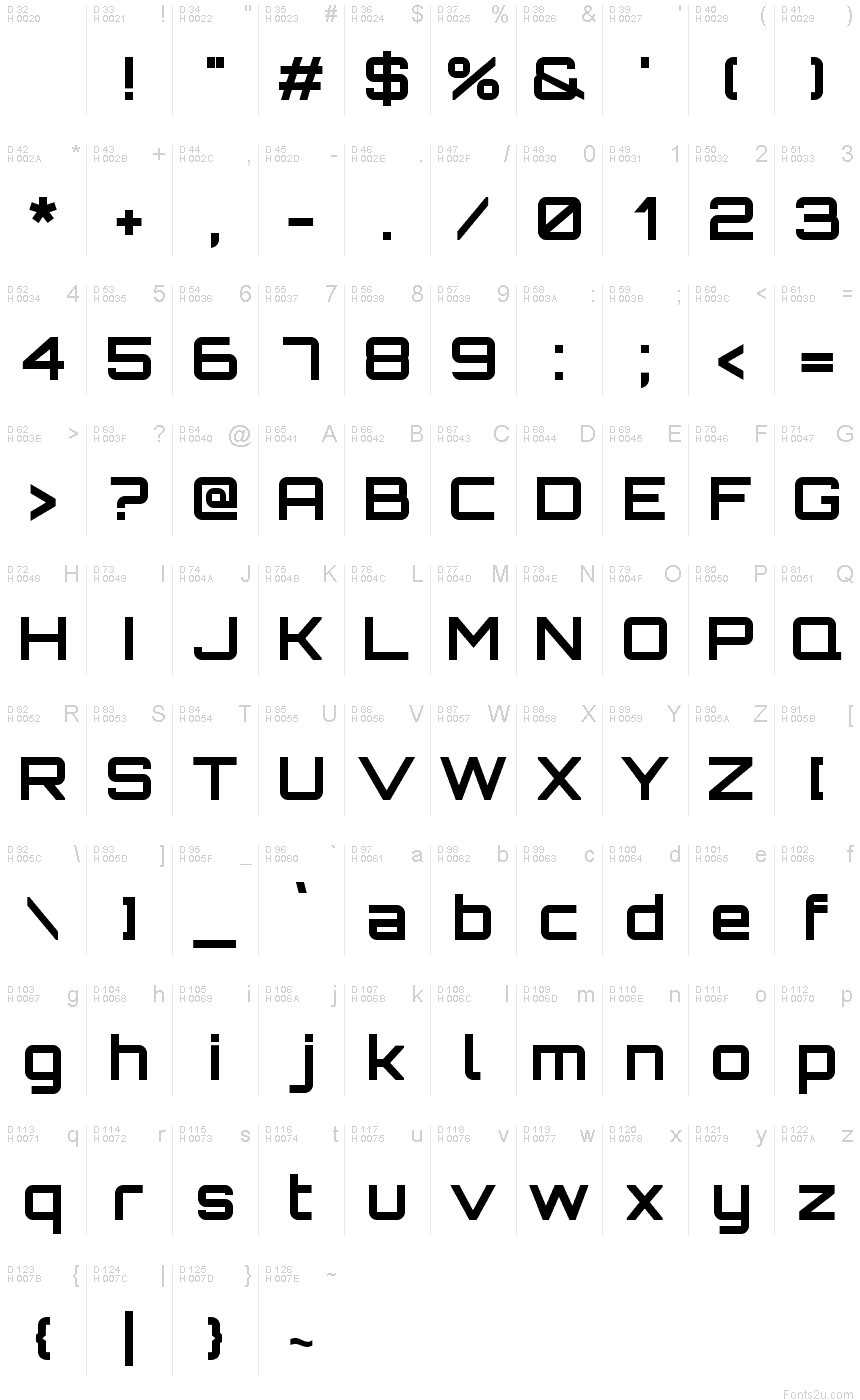

I type it in the same order as the existing glyphs in Illustrator. Here’s my list:Ī Æ B C D Ð E F G H I J K L Ł M N Ŋ Ɲ O Ø Œ P Q R S ẞ T U V W X Y Z Þ ƏĪ æ b c d ð e f g h i j k ĸ l ł m n ŋ ɲ o ø œ p q r s ß t u v w x y z þ ə tt (t_t ligature) Basically, if it’s a glyph that’s going to have an alternate, I type it out in the current version of Protest. Next I made a new layer in Illustrator containing the base glyphs of the font. I made sure to remove the old version from my system, then re-loaded the new version. I named it with the date, so I know what version it is. I need to compare the current font to the alternates in Illustrator so I know how to modify the alternates before moving them to FontLab.įirst I exported the font from FontLab (File > Export Font As…). It’s a good chunk of work, but it’s fairly straight forward. The biggest piece of work in the process of adding alternates is editing them to reflect the modifications I’ve made to the font so far.

Now I’m coming back to Illustrator to get the rest of the alternate glyphs, but they haven’t been edited like the rest of the font.

So Protest has come quite a way since doing all that preparatory work in Illustrator. I’ve also spaced the font, and tested the font, and made modifications to the font to fix problems with typographic color. I’ve already added all of my base glyphs to FontLab.

I did all this before adding any glyphs to FontLab VI. With the letters in layers I tweaked the Stylistic sets to more closely align to the shape of the Primary set so spacing and typographic color would be more consistent. Each set is on a different layer, with one on top of the other. When I put each letter into Illustrator, I ranked them in order with the best in the Primary Set and the worst in Stylistic Set 3. All four versions went into an Illustrator file, separated into tiers: I digitized everything, so when it came time to put the cream of the crop into FontLab, I also pulled the three runners up. I chose my favorite letter out of around a dozen versions for the base glyph set, but there are more than one that work pretty well. You may remember images like the one below, with a sheet of letters drawn one after another.Įach time I worked on a letter I drew a whole bunch and put check marks above the ones that work the best. That blog post details the digitizing process. In another blog post I mentioned that I’d been drawing and digitizing glyphs over the past year. However, having already added glyphs to FontLab VI, and having already added diacritics, the process is fairly straightforward. This post is about adding alternates to Protest. In my last post I documented what I did to add diacritics to my Protest font in FontLab VI.


 0 kommentar(er)
0 kommentar(er)
